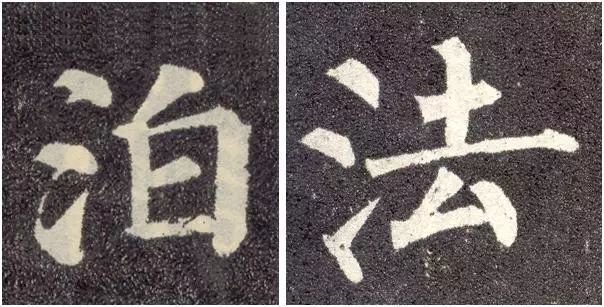Regular script is the most popular form of Chinese characters, and the art of Chinese characters formed by it is a relatively basic and regular calligraphy art. In terms of strokes, they can be mainly divided into several categories: horizontal, vertical, left, N, and dot. In terms of number, there are 27 commonly used types, and the total number of strokes in Chinese characters can reach 40.
From the perspective of calligraphy, regular script strokes are different in Jin Kai, Wei Kai, Tang Kai, Zhao Kai, etc. Even in Tang Kai, different styles of regular script use different strokes. We use Tang Kai as a model and learn 8 relative styles. The more difficult regular script strokes to master are provided with examples to help you overcome the difficulties.
1. Thin waist and long width
Use the pen to hide or expose the edge, cut out a triangular shape and then move to the right while lifting the pen, then continue to the right and gradually press the pen to make it bolder. At the upper right corner of the horizontal line, lift the pen to cut to the lower right, then return to the left to close the pen. The long and thin waist is generally inclined at about 15 degrees from left to right and high to right; the stroke path is generally an upward arch, and the strokes require a square circle at the head and tail.
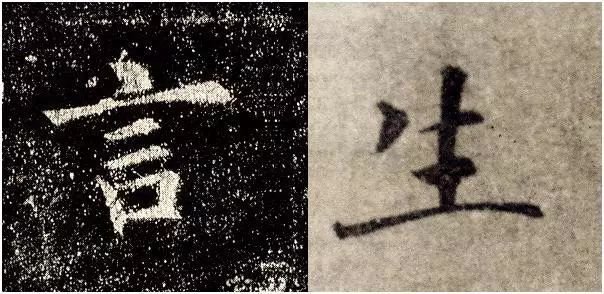
2. Hanging needle vertical and hanging dew vertical
The pen is exposed vertically, and the tip is hidden when writing. You can also write with the tip exposed. Cut out a square corner and then move the pen downward. Lift the pen in the middle to make the vertical pen narrow. The method of closing the pen is: generally lift the pen slightly to the lower left corner and then lift the pen upwards. The hanging needle is vertical, with the tip hidden or exposed, and the pen is drawn downward after cutting out a square corner. Don't tilt the pen to the left and right. Gradually lift the pen. The vertical thickness transition from top to bottom of the hanging needle should be natural.
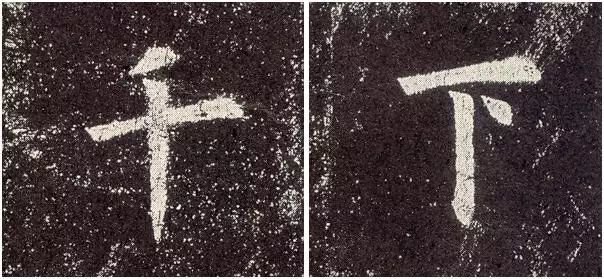
3. Long arc
Generally speaking, regular script should be thin at the beginning and thick at the end, thin at the horizontal and thick at the end; thick at the beginning and thin at the end. When you start the stroke, hide the front edge of the stroke. Move the stroke upward and to the left. After cutting out the square corner, move it in a slight arc. The stroke should be lifted as you go. The stroke must be carried to the bottom. Do not flick the stroke to cause trouble, or stir up the stroke quickly. It's like cutting dozens of pieces of paper with a knife. You have to work hard all the way, otherwise the front half of the paper underneath will be cut, but the second half will be intact.
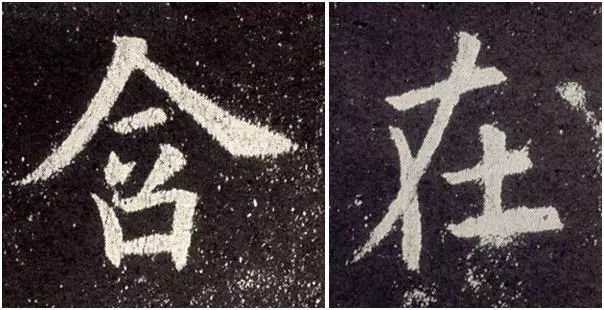
4. Long restraint
To practice, you can follow the 45-degree diagonal line of the rice grid, hide the edge when writing, and go down from the upper left in reverse without turning in the middle. The starting point of the stroke will be thin, gradually thickening, reaching the lowest position, changing the direction slightly, and lifting it slightly toward the clock. Lift forward at 4 o'clock.
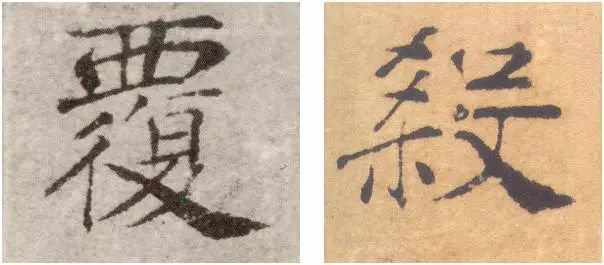
5. Horizontal folding hook
Fold the horizontal direction thinly and thickly, and fold the angle into a sharp angle. At the folding point, lift the pen and fold it to the lower right corner, then return it slightly to change the direction. Press the pen to move downward to the left. At the point where the pen hook comes out, turn left and fold the pen, then move it back and then toward the clock ten. Point out and hook out. The hook should generally be short and subtle. The difficulty lies in the folded corners and hooks.
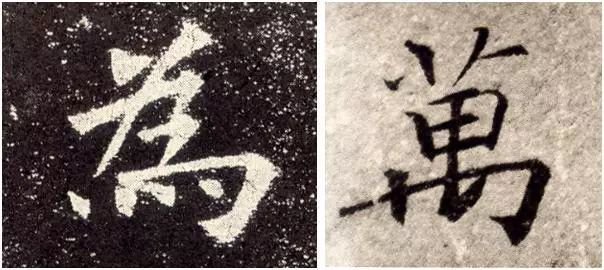
6. Vertical hook
After starting the stroke, draw the stroke diagonally to the left, and then bend the stroke to hook up. The vertical is not straight. After folding, do not draw horizontally and horizontally, but draw downwardly in an arc. The folds are rounded and the transition is natural. The thickest part is usually at the hook stroke.
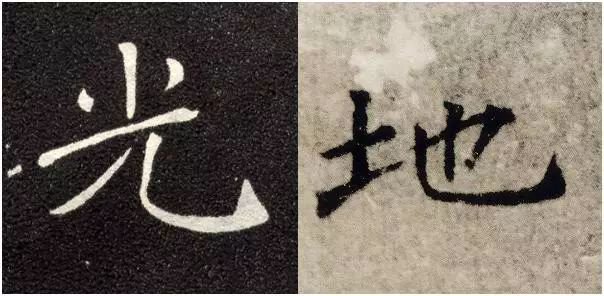
7. The point of the treasure hijab
Strictly speaking, this is already a radical, so focus on practicing point, lift, and hook. For the sake of simplicity and ease of memory, it might as well be like this. Bao Gai The word "Bao" on the left in the picture is more commonly written in Bao Gai. The midpoint is to the left of the center, the left point is low, the right hook is high, and the horizontal direction is the thinnest.
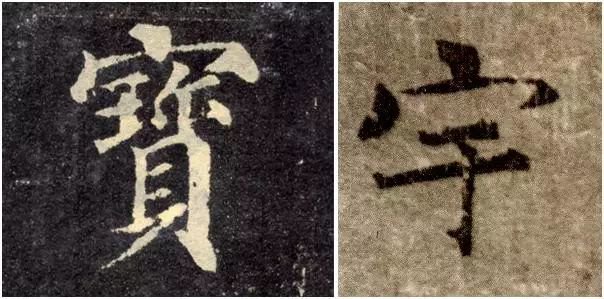
8. Three points of water
The three points are arranged in an arc. The first and second points are thin and tightly positioned. The pen is longer and thicker, a little further away from the first two points.
